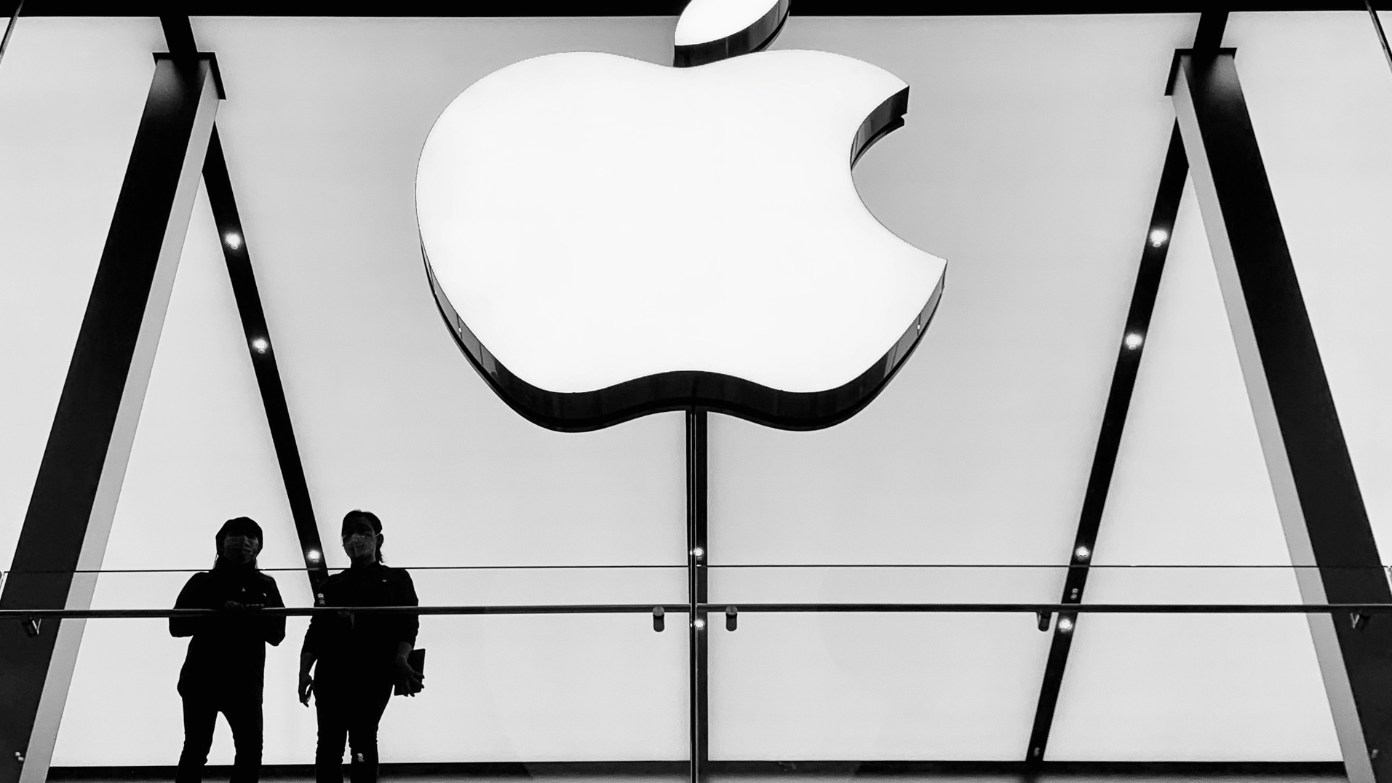Apple has once again been named the world’s most admired company by Fortune for 2025, marking an unprecedented 18-year reign at the top. This comes on the back of record financial performance, integration of strategic AI, and continued operational improvements that continue to put the tech giant ahead of rivals such as Microsoft (#2) and Nvidia (#4). Let’s get into what this means with more depth concerning this sustained dominance in global corporate leadership by Apple.
Methodology behind the accolade
Fortune’s annual list, compiled with Korn Ferry, surveys 630 companies across 30 countries on nine critical parameters:
- Innovation
- Financial soundness
- Quality of products/services
- Social responsibility
- Global competitiveness
- Investment value
- People management
- Long-term growth
- Community engagement
The 2025 report was based on answers from 3,380 executives, directors, and analysts and Apple was voted best in its class in six categories, such as innovation and quality of products. The company’s strong and consistent showing across these varied parameters reflects an all-rounded approach towards corporate excellence.
Financial fortress: By numbers
Apple’s Q1 2025 results showcase remarkable financial health:
- $124.3 billion revenue (9% YoY growth)
- iPhone division sales: $69.1 billion
- Services revenue: $23.9 billion
- Earnings per share: $2.40
Analysts see them growing through 2027:
| Metric | 2023 | 2027 Projection |
| Total Revenue | $383.29B | $481.19B |
| Operating Margin | 31.8% | 34.0% |
| Free Cash Flow | $99.58B | $126.31B |
This financial stability allows for aggressive R&D investment ($26.9B in 2024) and returns to shareholders through dividends and buybacks.
Apple intelligence dominance
The company’s AI suite drove the success of the iPhone 16 through:
- Productivity tools (27% adoption in launch markets)
- Genmoji customization features
- More contextual Siri
Apple is targeting Apple Intelligence in German, French, Spanish, and Chinese languages by April 2025 and scale to reach up to 1.2 billion new users.
2025 product roadmap
Apple’s product pipeline remains full:
- Q1 launch:
- M4 MacBook Air with 18-hour battery life
- iPhone SE 4—first budget model to adopt OLED
- HomePad smart display
- Mid-year updates:
- AirTag 2 with ultra-wideband tracking
- M4 Ultra Mac Studio
- H2 anticipated:
- AR/VR headset iterations
- Apple Watch X with glucose monitoring
This cadence sustains Apple’s “tick-tock” upgrade cycle while entering new categories like smart home devices24.
Operational excellence: Supply chain mastery
Recent upgrades overcome historic chokepoints:
- Manufacturing diversification: 34% of iPhone production now in India/Vietnam
- Automation: 62% reduction in assembly line errors through machine vision
- Logistics: Dedicated cargo fleet handles 41% of component shipping
These improvements resulted in a 98% on-time delivery rate for Holiday 2024 products, versus 89% in 20234.
Challenges and strategic responses
Despite strengths, Apple faces significant headwinds:
Market pressures
- Chinese market share fell to 15.7% (from 19% in 2023)
- Android competitors command 83% of sub-$400 smartphone segment
- EU Digital Markets Act compliance costs: $1.2B annually
Strategic countermeasures
- $6.5B investment in Indian retail network
- Developing $299 “iPhone Lite” for emerging markets
- Partnering with Baidu for China-specific AI features
Analyst outlook: Cautious optimism
Financial institutions present mixed projections:
| Firm | Rating | Price Target | Key Rationale |
| Citi Research | Buy | $275 | Services growth + AI adoption |
| J.P. Morgan | Overweight | $260 | Super upgrade cycle potential |
| Wells Fargo | Underweight | $170 | China risks + valuation concerns |
The consensus is that Apple’s success hinges on the following:
- Monetizing AI through services (35% gross margin)
- Maintaining the U.S. lead (59% smartphone share)
- Resolving App Store antitrust cases with no structural changes
The road ahead
Apple’s 2025 trajectory may be that of a company using its strengths to negotiate complex challenges: integration of AI across the product line, together with supply chain resilience and financial discipline, positions it to continue leading despite the fiercest competition. However, regulatory scrutiny and market saturation of key segments will require strategic agility unmatched by most corporations.
As Fortune puts it in the ranking rationale, the real love factor is that balance—continually pushing the boundaries of what technology can do, even as it delivers operational excellence across a global ecosystem serving more than 2 billion active devices. That rare dual capability keeps the Cupertino giant at the apex of corporate success in the digital era.
Read more: In-N-Out confirms more U.S. locations to open by 2025 – These are the new stores and opening dates
